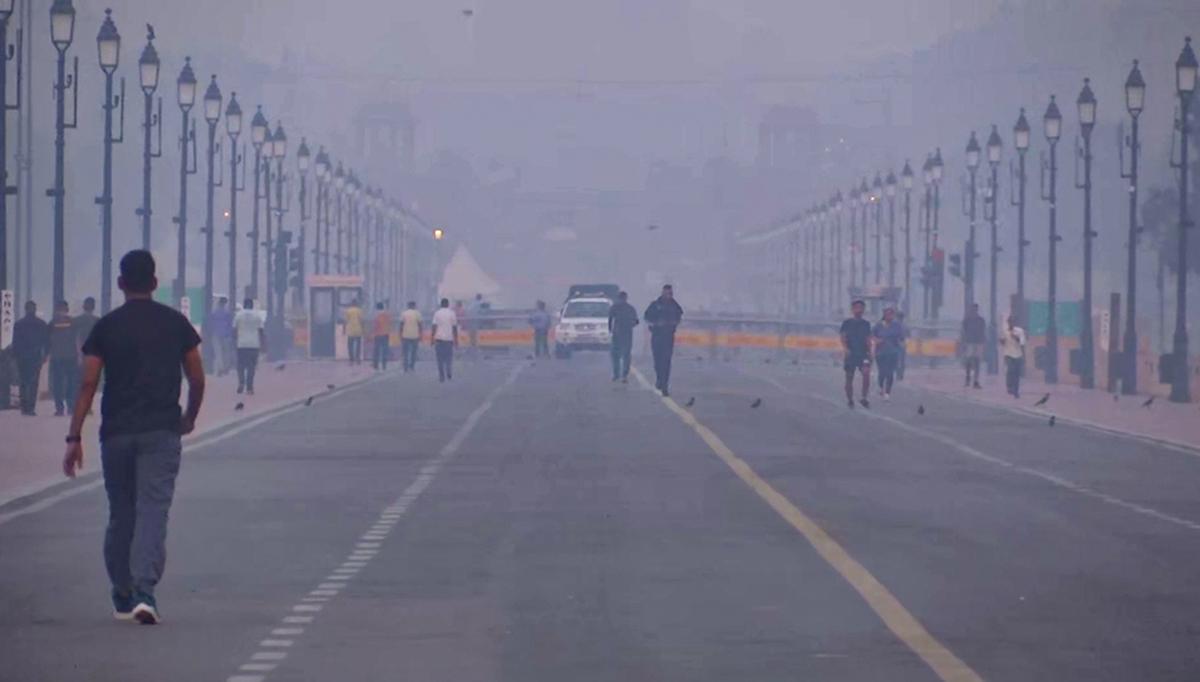New Delhi [India], October 21, 2024: The national capital woke up to a thick blanket of smog on Monday, with the Air Quality Index (AQI) plunging to a concerning 349 at 8 am, categorized as ‘Very Poor.’ The rising pollution levels have led to increased respiratory issues among residents, with many expressing their frustration and calling for stronger government intervention.
“Breathing is becoming a struggle,” said Kushal Chaudhary, a college student who has to commute early in the morning. He added, “Despite the ban on firecrackers, there were so many being burnt yesterday during Karwa Chauth. The government needs to step up and control the pollution.”
The Central Pollution Control Board (CPCB) reported AQI levels at Shakurpur and surrounding areas at 346, while India Gate recorded an AQI of 309, and Safdarjung showed 307. All these readings fall under the ‘Very Poor’ category, signaling dangerous air quality that can severely impact health, especially for sensitive groups.
Adding to the city’s pollution woes, toxic foam was seen floating on the Yamuna River, highlighting the continuing degradation of water quality. Environmentalist Vimlendu K Jha termed this phenomenon “an absolute travesty of environmental governance in Delhi,” criticizing both local and regional authorities for failing to address the root causes of pollution.
“We have seen the sources of pollution coming primarily from Delhi, but the Delhi government often blames other states. While other states do contribute to the problem, the primary responsibility for Yamuna’s pollution lies with Delhi’s own waste, particularly from the 17 drains that empty directly into the river,” Jha said.
Further emphasizing the issue, Professor Sachchida Nand Tripathi, Dean of the Kotak School of Sustainability at IIT Kanpur, explained, “The froth in the Yamuna River is dangerous, primarily due to large amounts of surfactants from soap, detergents, and other pollutants in untreated wastewater.”
Studies indicate that water pollution can enhance the formation of Secondary Organic Aerosols (SOA), increasing the concentration of volatile organic compounds in the air. This adds to the city’s pollution, especially in urban areas where such activities are prevalent.
With winter approaching, Delhi residents are bracing for further declines in air quality. As the issue intensifies, citizens are demanding more effective solutions, stricter enforcement of pollution controls, and a collaborative effort between states to tackle the environmental crisis.

Leave a Reply